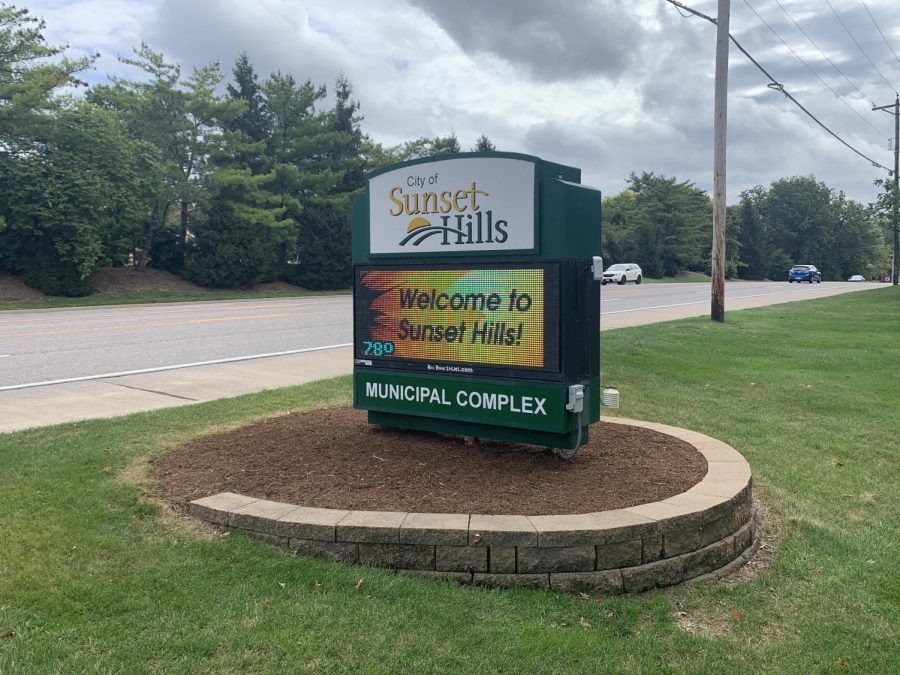Language within the bill calling for county voters to decide on a sales-tax hike for public transportation could change as the County Council again takes up the issue for an initial vote this week.
Councilmen were slated to consider tentative approval of the bill Tuesday night — after the Call went to press.
The council voted 6-0 last week to hold the legislation after county officials noted they were still studying its language.
Fourth District Councilman Mike O’Mara, D-north county, was absent from the Dec. 8 regular meeting.
If the bill passes through the council, voters will be asked April 6 if they want to pay a half-cent sales tax that would generate some $80 million a year to be used for public transportation.
Currently, the ballot language voters would see in April differs from the wording they saw with Proposition M, a transit sales-tax proposal more than 51 percent of them defeated in November 2008.
Prop M would have been a 20-year tax with the revenue generated split evenly between Metro transit agency operations and MetroLink light-rail expansion. The latest proposed sales tax has no sunset and is not earmarked for a specific use beyond “public transportation purposes.”
County officials have said the ballot language could change as the bill moves through the council. Jan. 26 is the deadline for placing measures on the April 6 ballot.
Meanwhile, transit officials told Metro’s Operations and Strategic Planning Committee last week that the agency’s 30-year transit plan for the region will be fiscally constrained and likely will include a variety of transit modes.
Metro hopes to expand and enhance light-rail and bus service throughout the region over the next three decades. Its plan, currently going through a second round of public input, sets five-, 10- and 30-year goals for the agency. The plan’s success, however, depends greatly upon a strong local, state and federal funding structure, Metro officials have said.
Metro hopes to qualify for a number of federal grants down the road. Most of those awards require a local match, and agencies such as the Federal Transit Administration expect grant applicants to disclose the exact source of those matching dollars, said Ken Kinney, senior manager of transit planning for URS Corp., one of Metro’s long-range plan consultants.
“We have to have not just a hunch as to where that money could come from, but we have to demonstrate we know where that money is going to come from,” Kinney said last week, noting the funds could come from both the local and state level.
After Prop M’s defeat last year, the Metro Board of Commissioners voted to raise rider fares, cut hundreds of jobs and eliminate more than 30 percent of its MetroLink, MetroBus and Call-A-Ride paratransit van service for the disabled, to combat financial problems.
Service cuts took effect in March, but millions of dollars in one-time stimulus funds and federal grant money helped the agency restore a number of routes in August. But Metro officials have said the temporary restoration plan will end next May unless a more permanent funding source is secured.
Successful passage of a sales-tax proposal next April would give Metro the resources to implement short-term goals, such as further restoring bus service that was cut earlier this year, offering service enhancements like smart-card ticketing technology, constructing a new Bus Rapid Transit line and beginning to plan a new light rail corridor, Metro officials recently said.
It would take up to 10 years to begin operating a new light-rail extension, which means, ideally, Metro could construct three lines in 30 years with adequate funding.
“We began the long-range planning process thinking of the ideal, what we would like to have, but after all, it is a fiscally restrained plan,” said Jessica Medford-Miller, Metro’s chief of planning and system development. “And so that means we have to make decisions and trade off between less expensive modes like urban bus service, more expensive like Bus Rapid Transit and then light rail.
“And we need to prioritize the most expensive projects, like light rail, and then place those where they have the potential to have significant impact on regional development … and also where they have significant potential — and we’ll have to demonstrate this back to the FTA — to generate ridership.”
The East-West Gateway Council of Governments would have the final say on where and when those extensions would be built, but Medford-Miller told commissioners during last week’s committee meeting that the agency may contain “high-dollar” light rail expansion — with an estimated price tag of $60 million per mile to build — within the region’s core.
“One of our most difficult tasks, I think, in developing this long-range plan, is balancing the often disparate needs of a very diverse region …,” she said. “We have much lower-density areas that represents very different markets than we have in the core. And so the approach that we are employing here — this is the approach used by large transit systems elsewhere, especially in very disperse low-density regions like ours — is to employ a range of types of transit services …
“What we are trying to do is prioritize those high-dollar investments in the core of the region, and the places that we spread out where we do have regional population and employment and transit supportive revenues collected is to serve them with a lower level of service like our existing MetroBus routes, express routes and, in some communities, Bus Rapid Transit.
“It’s a balance,” Medford-Miller said. “So when you see the lines on the map, remember, light rail is big dollars; Bus Rapid Transit, less so; MetroBus and Metro Call-A-Ride, still less.”

























